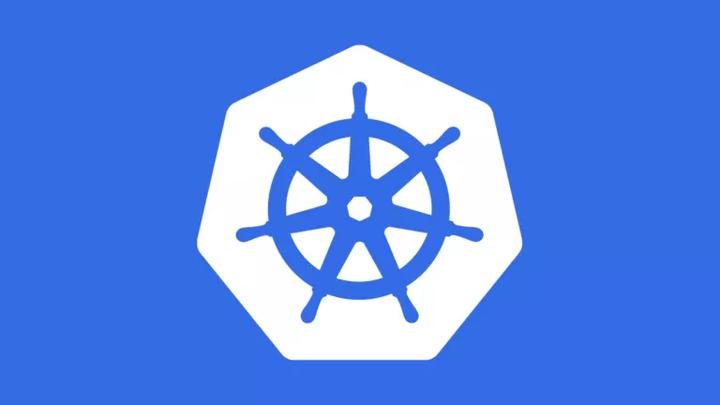An Insight into Kubernetes

Introduction
Welcome to the exciting world of Kubernetes – a powerful orchestration platform that simplifies the deployment, scaling, and management of containerized applications. If you’re new to Cloud Native and wondering what Kubernetes is all about, this blog post is your comprehensive guide to understanding the basics of Kubernetes, its key concepts, and the architecture that makes it tick.
Understanding Kubernetes
What is Kubernetes?
Kubernetes, often abbreviated as K8s, is an open-source container orchestration platform designed to automate the deployment, scaling, and management of containerized applications. Developed by Google and now maintained by the Cloud Native Computing Foundation (CNCF), Kubernetes provides a portable and extensible framework for deploying and managing applications in a declarative manner.
Key Concepts
1. Containers
At the heart of Kubernetes are containers – lightweight, portable units that encapsulate an application and its dependencies. Containers make it easy to package, distribute, and run applications consistently across different environments.
2. Nodes
A Kubernetes cluster consists of nodes, which can be physical or virtual machines. Nodes are responsible for running containers and supporting the Kubernetes runtime environment.
3. Pods
The smallest deployable units in Kubernetes are pods. A pod represents a single instance of a running process, and it can contain one or more containers. Containers within a pod share the same network namespace and storage, making them a cohesive unit.
4. Services
Kubernetes Services provide a stable endpoint to access a group of pods. They abstract the underlying pod infrastructure, allowing applications to communicate with each other and external services seamlessly.
Kubernetes Architecture
Understanding the architecture of Kubernetes is crucial for grasping how it manages containerized applications. Let’s break it down:
1. Master Node
The master node is the control plane that manages the overall state of the cluster. It consists of several components:
- API Server: Serves as the entry point for the Kubernetes API, allowing communication with the cluster.
- Controller Manager: Ensures the desired state of the cluster by running controller processes.
- Scheduler: Assigns pods to nodes based on resource requirements and constraints.
2. Worker Node
Worker nodes, also known as minions, are the machines that run applications. Each worker node includes the following components:
- Kubelet: An agent that communicates with the master node, ensuring containers are running in a pod.
- Container Runtime: The software responsible for running containers, such as Docker or containerd.
- Kube Proxy: Manages network connectivity for pods.
3. etcd
etcd is a distributed key-value store that stores the configuration data of the cluster, ensuring consistency across all nodes.
Various Use Cases of Kubernetes
1. Microservices Architecture:
Kubernetes is ideal for deploying and managing microservices-based applications, allowing for easier scalability, versioning, and updates.
2. Continuous Integration/Continuous Deployment (CI/CD):
Automate application deployment and updates seamlessly with Kubernetes, enhancing the CI/CD pipeline.
3. High Availability:
Kubernetes ensures high availability by automatically distributing and managing application instances across multiple nodes.
4. Edge Computing:
Extend Kubernetes to the edge for efficient management of applications in edge computing environments.
5. Internet of Things (IoT):
Kubernetes supports IoT use cases, providing a scalable and reliable platform for managing edge devices.
Who Can Benefit from Kubernetes?
1. Developers:
Kubernetes empowers developers to focus on writing code, abstracting away the complexities of infrastructure management.
2. Operations Teams:
Operations teams benefit from the automated deployment, scaling, and management capabilities, reducing manual intervention.
3. Enterprises:
Large enterprises can streamline their application deployment and management processes, ensuring scalability and reliability.
4. Startups:
Startups can leverage Kubernetes to build scalable and resilient applications without the need for a massive infrastructure team.
Putting it All Together
In a Kubernetes cluster, the master node and worker nodes collaborate to maintain the desired state of applications. Users interact with the cluster through the Kubernetes API, defining the desired state in configuration files or using the command-line interface (kubectl).
Conclusion
Kubernetes is a powerful tool that simplifies the complexities of deploying and managing containerized applications in a Cloud Native environment. With its modular and extensible architecture, Kubernetes empowers developers to build scalable, resilient, and portable applications.